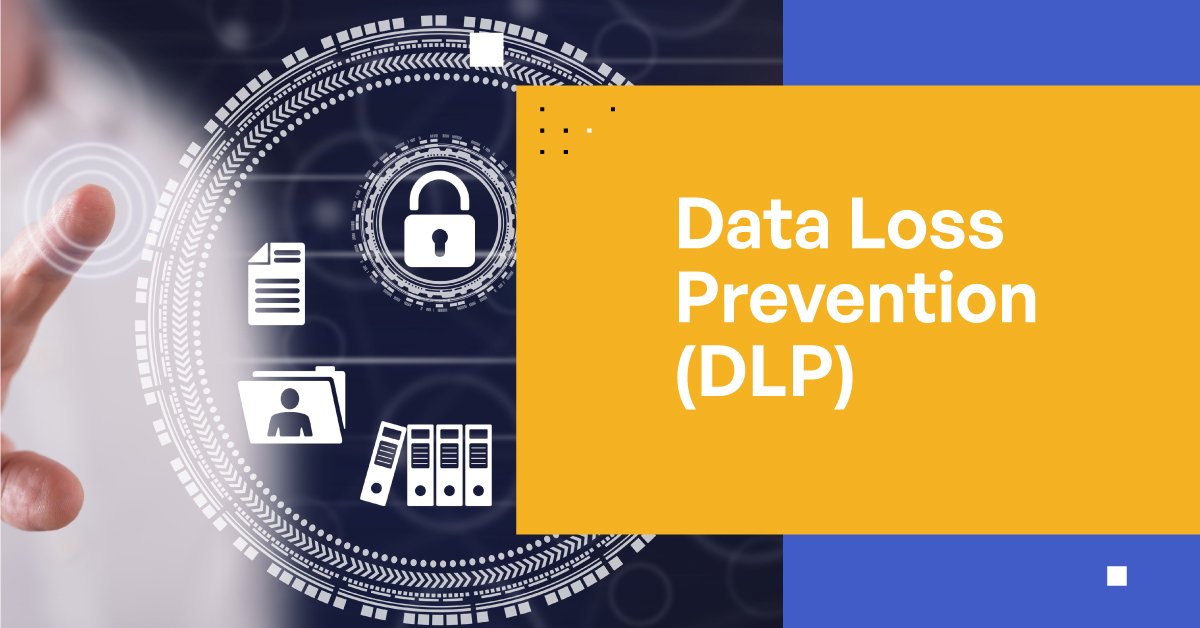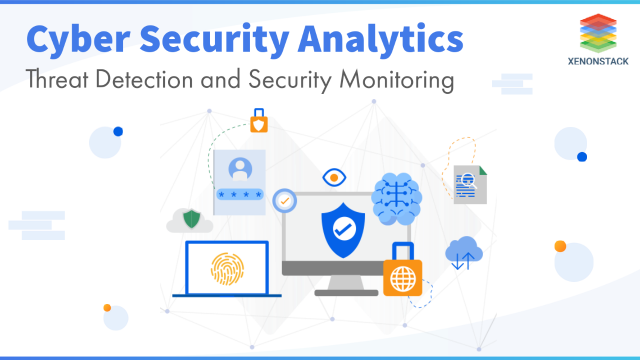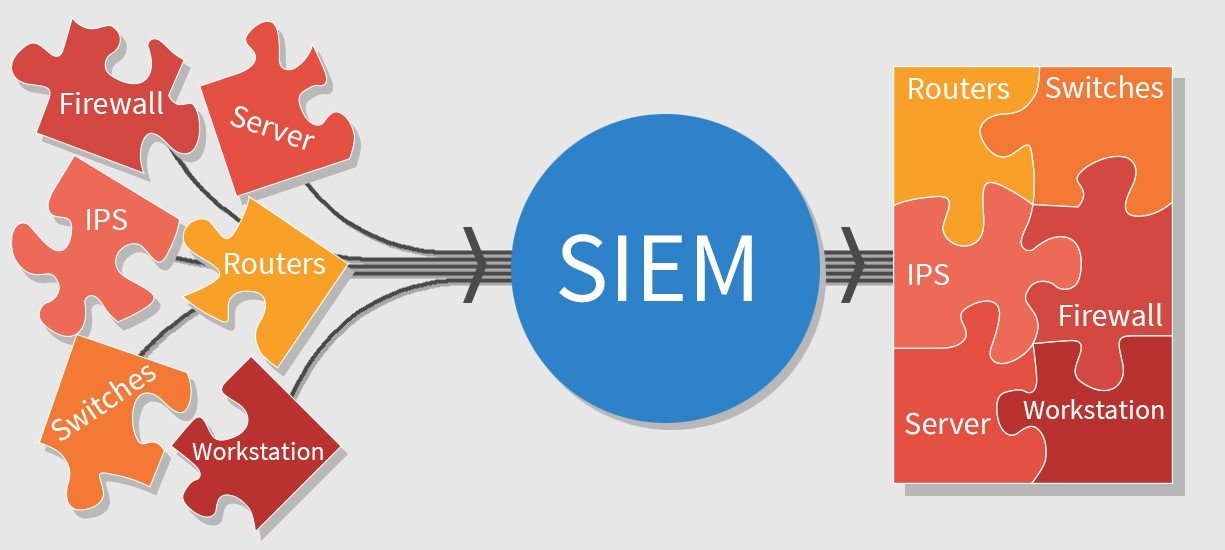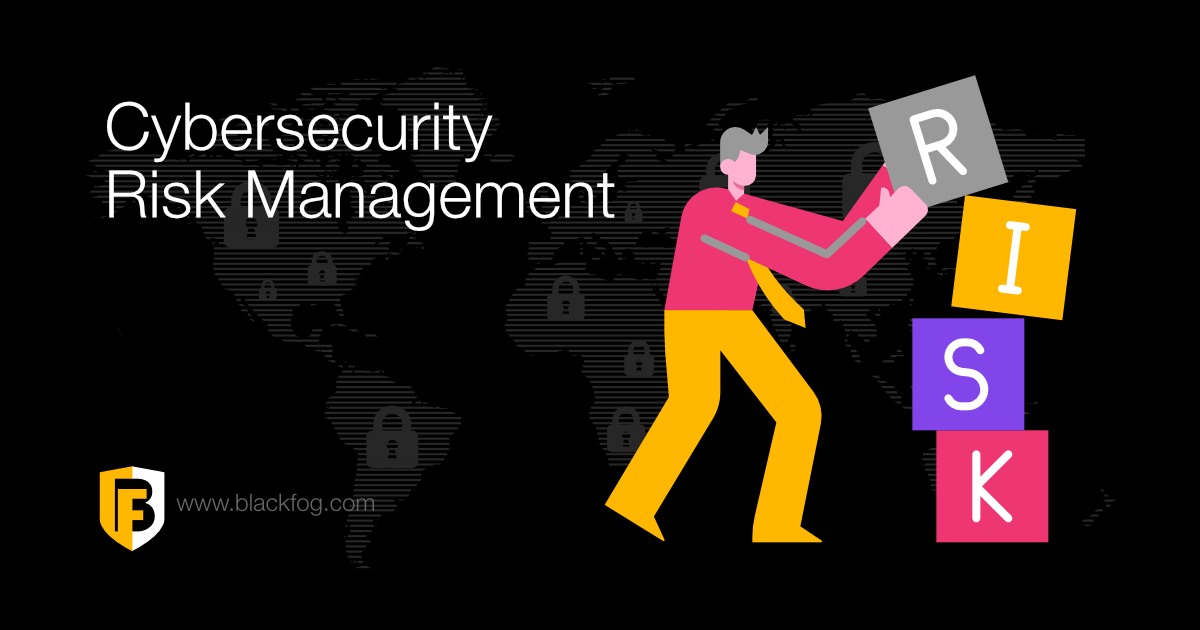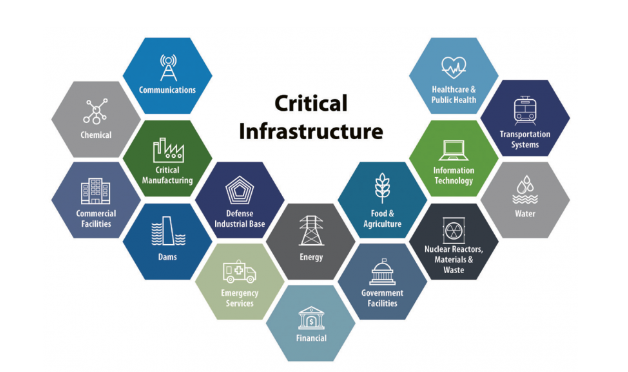Cyber Attack
A cyber attack is a set of actions performed by threat actors, who try to gain unauthorized access, steal data or cause damage to computers, computer networks, or other computing systems. A cyber attack can be launched from any location. The attack can be performed by an individual or a group using one or more … Read more

